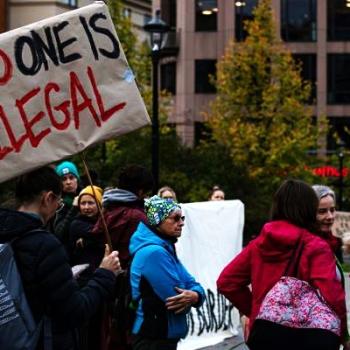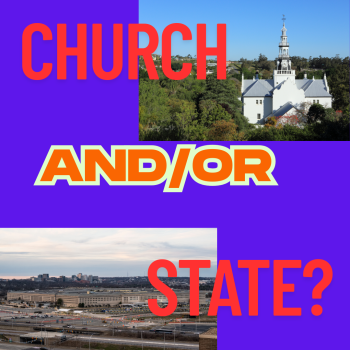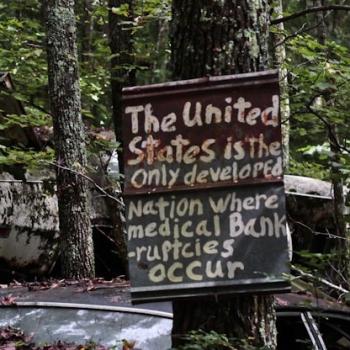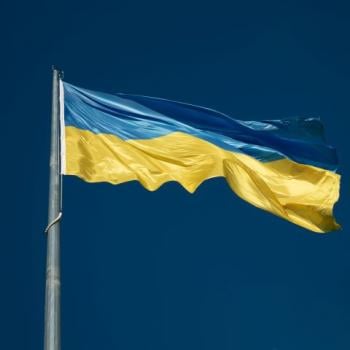I wrote an article about why I love Thanksgiving. I am all about giving thanks for God’s blessings, spending a long weekend with friends and family, and eating significantly more than usual. The Thanksgiving holiday, however, needs an overhaul. The holiday must be severed from its pilgrim and Native American roots. Additionally, the United States needs a Genocide Remembrance Day to teach people how the European settlers and the U.S. government treated native peoples and to honor the many indigenous lives lost. If Indigenous Peoples’ Day reminds people of how many native Americans died under United States governance, should the second Monday in October be a national holiday rather than Columbus Day?
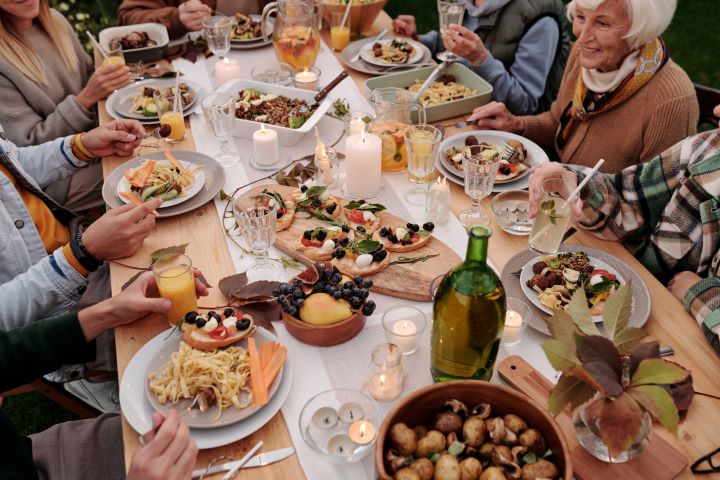
My Wish
I wish that a peaceful meal between Europeans and Native Americans was a typical event in American history. Unfortunately, Europeans and their descendants committed genocide against our country’s indigenous peoples. I suggest that we sever the connection between Thanksgiving and the pilgrim/Native American narrative. At some time during the year, we need a Genocide Remembrance Day, an honest look at American history. Perhaps if we had the latter we could keep the former, but alone, Thanksgiving paints an inaccurately rosy picture. Currently, Indigenous Peoples’ Day serves as a counterpoint to Columbus Day.
I remember learning about Native Americans and their longhouses in third and fourth-grade Maryland public schools. I feel like we studied Indigenous peoples apart from any European settlers around them. Perhaps this is why we did not study the systematic ways that Native Americans were purged from North America.
The Reality
From the beginning, European Americans viewed themselves as superior to the indigenous people in the “new” (for some) world. Europeans believed that they had superior dress, hygiene, education, and religion.
Religion
Both Catholics and Protestants tried to convert members of various tribes to Christianity. Christianity was a strange religion to many indigenous people. The concept of hell and other requirements did not attract many of them to give up their own spiritual beliefs. Europeans were likely trying to save indigenous peoples or themselves.
Apparently, even Christian conversion did not make Native Americans equal in the eyes of Europeans. The massacre at Gnadenhutten in 1782 saw the death of 96 Christianized American Indians and suggests that conversion mattered little.
The US Government
The United States government authorized over 1500 wars and attacks on it own indigenous peoples, more than any other country has done in the world. Out of an estimated five to 15 million Native Americans, fewer than 250,000 were left by the end of the 19th century.The sense of divine favor and Manifest Destiny led to the slaughter of men, women, and children across the country. Did people take any time to consider how God could authorize this evil?
Andrew Jackson, as general and later as president, siezed land from native people. He signed the Indian Removal Act and between 1830 and 1840, the U.S. army removed 60,0000 Choktaw from the East for new territory on the West side of the Mississippi. The law protected native lands but Jackson ignored it. Some of the native people were chained, they went by foot, and were given no food or other help from the government. Thousands of the Choktaw died on this “Trail of Tears,” and a quarter of the Creeks died on a similar march.
Representatives of the U.S. government disregarded laws, broke promises, and otherwise acted unethically in their pursuit of native land and the killing of Native Americans. Recently, there has been news about the boarding schools that tried to assimilate native children and “kill the Indian”within. Although this was, at first glance, a less violent approach to indigenous peoples, the 150 or so schools tried to remove the children’s culture. Students could not speak in their own language or use their given names. Their clothing and hair was changed because their culture was viewed as inferior. In addition, there was plenty of physical violence in these schools and an inexcusible number of native children died.
A Proposal
One way to begin telling history as it was would be to institute a Genocide Remembrance Day to honor the indigenous lives and perhaps give lands back. Perhaps then we could have a national holiday that commemorated a peaceful encounter between Europeans, their descendents, and Native Americans. Indigenous Peoples’ Day, celebrated in some form by more than half of the states, often as a replacement for Columbus Day, is a start. Columbus, himself, enslaved Native Americans and only “discovered” America for Europeans. The continent was a place where people had been living for centuries




